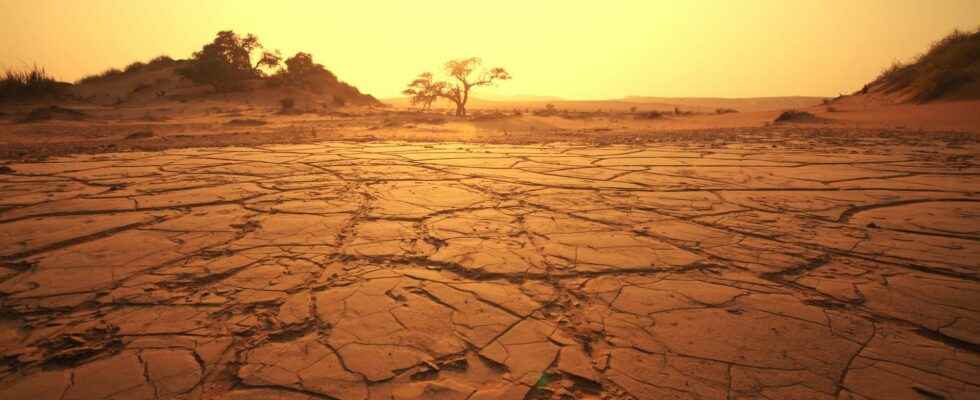You will also be interested
[EN VIDÉO] Fires in Gironde The Gironde is hit by two fires of unprecedented magnitude.
The waves of heat wave continue, while many records of temperature and drought were reached this summer 2022 throughout Europe. According to Nasa“ nineteen of the hottest years have occurred since 2000, excluding 1998. The year 2020 is tied with 2016 for the hottest year on record since record keeping began in 1880” . The year 2022 could well be added to this list of the hottest years on record.
But climate change is not just about temperature. Fonts and collapses of the glaciers, violent fires, intense droughts… So many extreme events which multiply and promise an increasingly high frequency. How can life survive this? Researchers suggest taking inspiration from places on Earth that have already adapted to climates hot and dry. In a study in the journal Nature Ecology & Evolutionthey were interested in dryland ecosystems and their functioning.
“More than a third of the Earth’s land surface is dry land”
If the idea can make you smile for the moment, it starts from a perfectly valid observation: while already “more than a third of the Earth’s land surface is arid land”, explains the study, aridity could affect many more places by 2100. According to a model established by the researchers, some 17 million km² could be affected, equivalent to the area of the United States and Brazil. Temperate zones, such as France for example, will see less frequent rains, and this in a constant way, that is to say every year. Because, for the moment, we are undergoing intense droughts but which, by definition, do not last.
In the future, the drought could turn into aridity in several regions of France before the end of the century. “Our new knowledge can help advance our adaptive capacity to withstand climate extremes and reduce their impacts on nature and people”says Heather Throop, study co-author and professor at thearizona state university.
To assess these possible adaptations, the team looked at the key processes that govern the arid ecosystems. In total, they identified a dozen of them which regulate in particular the distribution and growth of vegetation, but also the cycle of carbonthe energy balance and the decomposition of materials dead.
“These dryland mechanisms are controlled by environmental factors, such as intense solar radiation, high temperatures, large bare areas between plants, and inconstant water availability”, adds H. Throop. They then decided to focus on the currently temperate or humid zones, and especially on their future. To do this, they modeled how dryland-specific mechanisms might develop elsewhere, depending on future climatic conditions.
Adaptation to aridity is possible
They then distinguished the processes which are put in place quickly, therefore which could take place during droughts, and those that, on the contrary, require more than a decade of dry conditions. Among those in the short term, they noted the decomposition of dead matter by heat and the light from Sunspecific to arid lands. “The decomposition of dead matter is important in ecosystems because it releases nutrients for the growth of new plantsexplains H. Throop. Typically, in humid systems, this decomposition is caused by organisms such as bacteria which consume dead matter. In dry systems, the rules are different — we have much more influence from sunlight and high temperatures breaking down materials sitting on the surface. So instead of having biology causing this breakdown, we have processes physical who lead it.
Redistribution of water by plants, via the roots that extend into the ground, could also occur in the longer term this time, but also a redistribution of vegetation. It would then be more sparse, with plants capable of storing water and surviving in the face of weak and infrequent rains. Moreover, with an increasing influence of sunlight compared to temperate zonesthe researchers predict an increase in microorganisms forming scabs overground.
“What is also clear is that some of these predicted changes will occur in regions with high human populations and, therefore, will significantly affect the well-being of society in those regions.concludes H. Throop. We will need continued research and monitoring of ecosystem functioning in the face of frequency and gravity increasing droughts and heat waves to improve our understanding of the processes emerging underlyings”.
Interested in what you just read?
